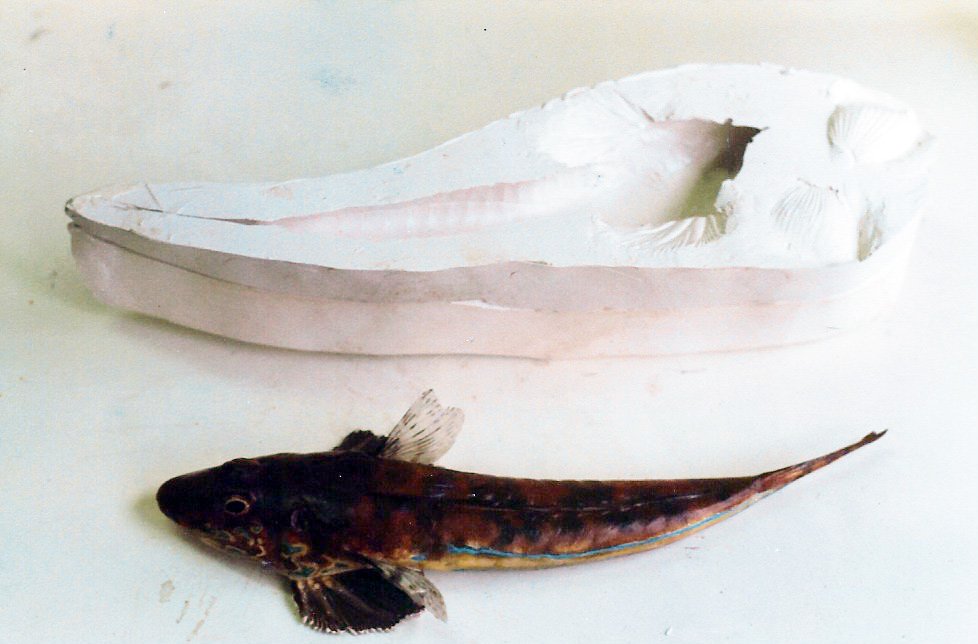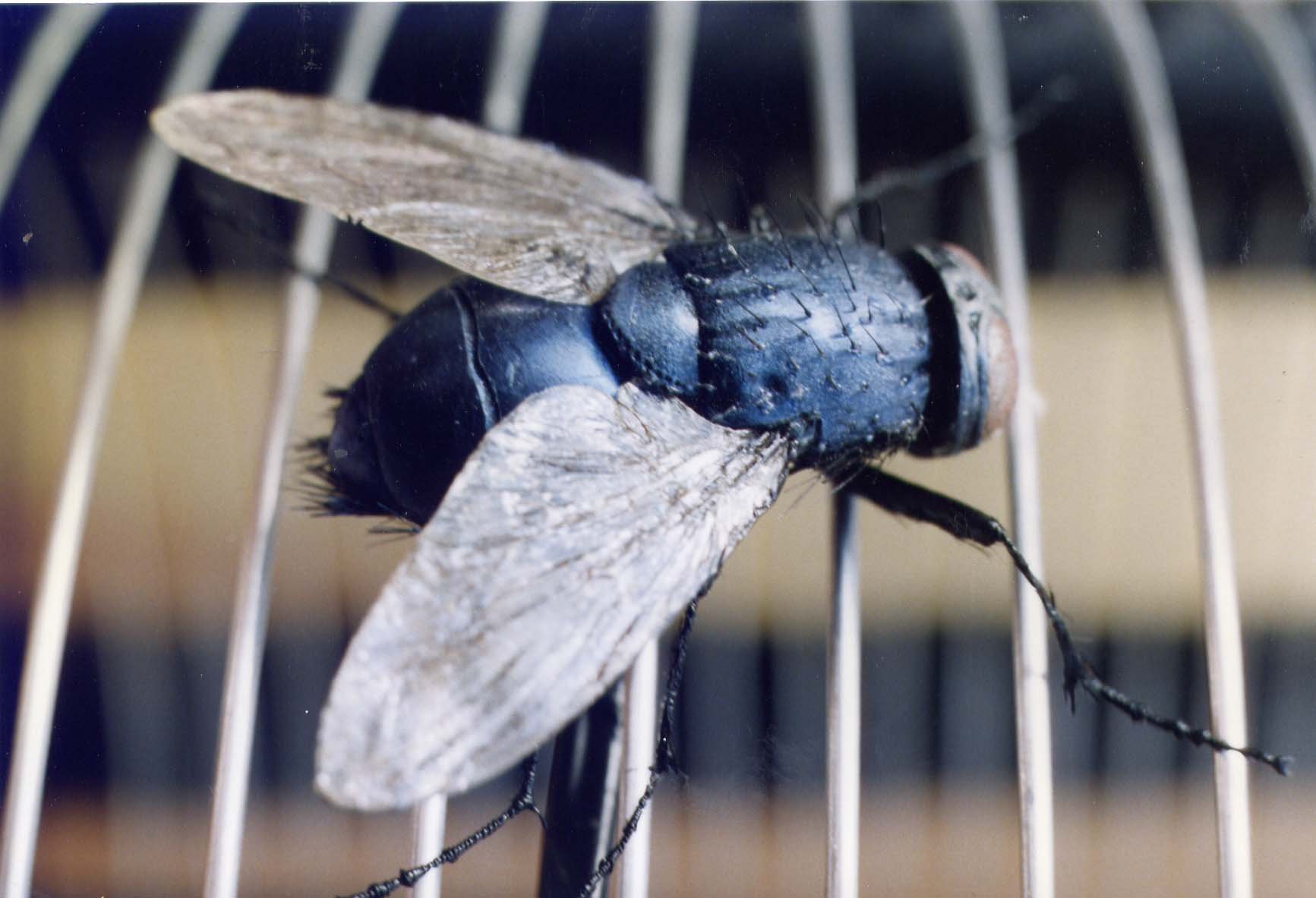MUSEUM WORK
Here is a selection of work produced for Museums. Mainly they show models sculpted for the Natural History Museum, London where I worked as a model-maker/designer for 8 years in my early career. Since then I have been commissioned to provide exhibits for many other Museums including the Palaeontology museum Ohio; Science Naturelles, Brussels, Belgium; Eureka Museum, Halifax; Hampton Court Palace; Marine Theme Park, Dyfed; Natural Sciences Museum, N.Y. etc.
ANTHROPOLOGICAL
Tabun Woman: Model of Neanderthal woman (Homo neanderthalensis) based upon measurements taken from the fossil skeleton of a female Neanderthal discovered at Tabun, Israel, known as Tabun C1 who lived about 100, 000 years ago. Photographs of my model are currently available as posters, cards, etc via the Mary Evans Picture Library and the Natural History Museum. I have done other anthropological reconstructions and my interest in this area has overspilled into my artwork.
DARWIN
This full figure portrait of Charles Darwin seated in his study was produced for the Evolution Gallery at the Natural History Museum, London. The portrait head was based on the existing marble sculpture carved in marble in 1884 by Joseph Edgar Boehm. My version is produced in white fibreglass and was intended to appear as the ‘ghost’ of Darwin presiding over the Evolution Gallery.
DIORAMAS AND SET BUILDING
I have produced several dioramas for various purposes. Here are a few, some small and some large, that were made for the Natural History Museum. They are mainly from the British Natural History displays. The background painting, and in some cases the taxidermy, were all produced by myself. The making of Dioramas has an overlap with the set building work I have been invited to do for various films and TV adverts, etc. Included here are a couple of images of my set-building work.
DOLPHINS, SHARKS, SEACOWS
I have produced a variety of full size dolphins for such clients as Sea World UK, the Marine Theme Park in Dyfed as well as for the Natural History Museum, London
FISH, NEWTS, SMALL MODELS
These models, mainly produced for the British Natural History gallery are produced via moulding and casting techniques. The most fun about them if the art-working process using opalescent paints and duo-chrome and iridescent pigments. They were often painted in reverse between laminates of clear plastic.
FLOWERS, FUNGI
Flower modelling has a long history and now commercially produced artificial flowers are readily available. These models were made using the old Victorian methods using wax and fabrics and tapere3d copper wires. They were produced mainly for the Natural History Museum, London.
FOETAL DEVELOPMENT
The Hall of Human Biology in The Natural History Museum, London, opened in 1975 and has many of the original models made at the time still on display including the large model of an eight month old foetus. There are other models showing foetal development. I have also produced new born baby models for feature films and for TV.
6 MONTHS OLD FOETUS
A 10 times life size model produced for the Natural History Museum, where it is still on display.
INSECTS
I produced a series of ‘food pest’ models of insects for the The Tropical Products Institute as teaching and recognition aids. I have also made a fairt variety of other insect models including ‘exploding’ fly effects for the movie ‘The Fly II’.
MAMMOTHS
Full size animatronic model of ‘Dima’ a seven month old Woolly Mammoth found, frozen and preserved, in Siberia in 1977. The model was made for the Brussels Natural History Museum and has a variety of movements, including breathing. The full size adult Mammoth was produced for Cycad Ltd for the Museum of Natural Sciences, New York.
TAXIDERMY
Although taxidermy is not one of my specialities I had an opportunity to add those particular skills to my list of activities. Here are a few of my ‘apprentice pieces’ produced at the Natural History Museum under the supervision of professional taxidermists Derek Frampton and Roy Hale.
TERMITE NEST
A large, life size (!) model of a termites’ nest constructed largely out of carved polystyrene. Hot-wiring expanded polystyrene was a technique I used a fair bit some years later in the film industry in constructing sets and landscapes for various films.














![Museum Work by Graham High, Diorama - FOOD CHAINS DIORAMA. ECOLOGY GALLERY [BMNH].jpg](https://images.squarespace-cdn.com/content/v1/62efe4ffd3d2764b9877c36a/1686254289787-V4F7VQ2CT3I7PO1CN3RM/Museum+Work+by+Graham+High%2C+Diorama+-++FOOD+CHAINS+DIORAMA.+ECOLOGY+GALLERY+%5BBMNH%5D.jpg)

























































































